Psoriasis and Sun Tanning: How Much Sun Is Safe?
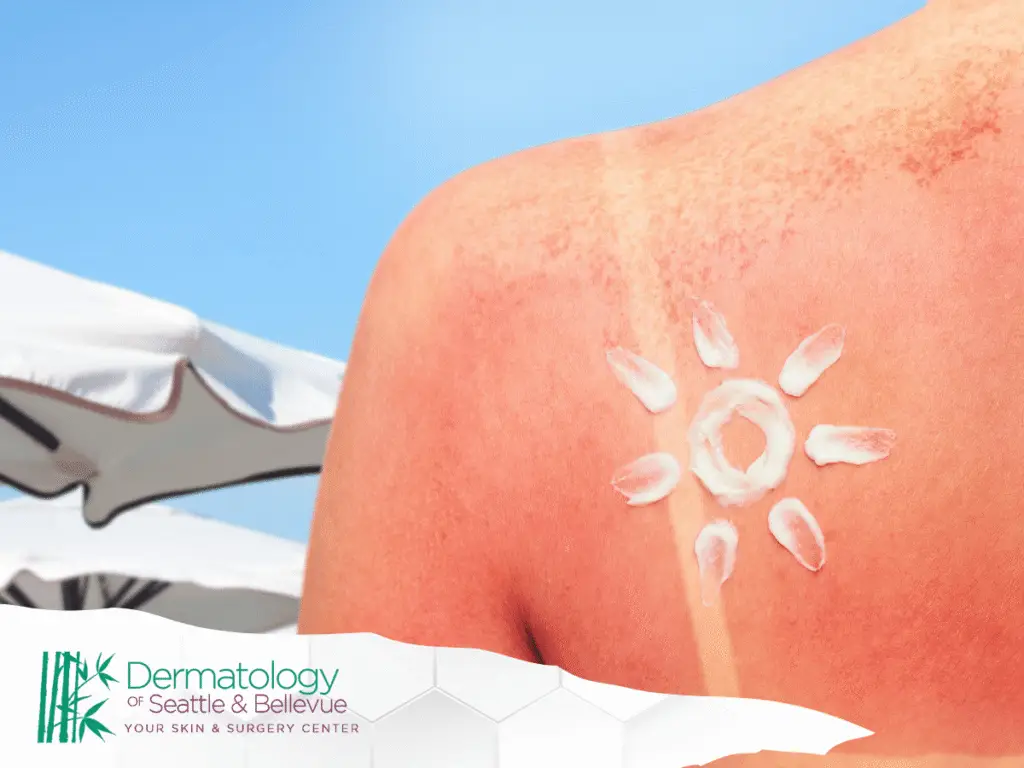
Is Sun Tanning Safe if You Have Psoriasis? For many people with psoriasis, the relationship with the sun is confusing. You may have heard that “sunlight helps psoriasis,” but you’ve also heard about skin cancer and sun damage—and maybe even wondered whether indoor tanning beds are a shortcut to clearer skin. The truth is more […]
Acne Treatment for Men: Options That Actually Work
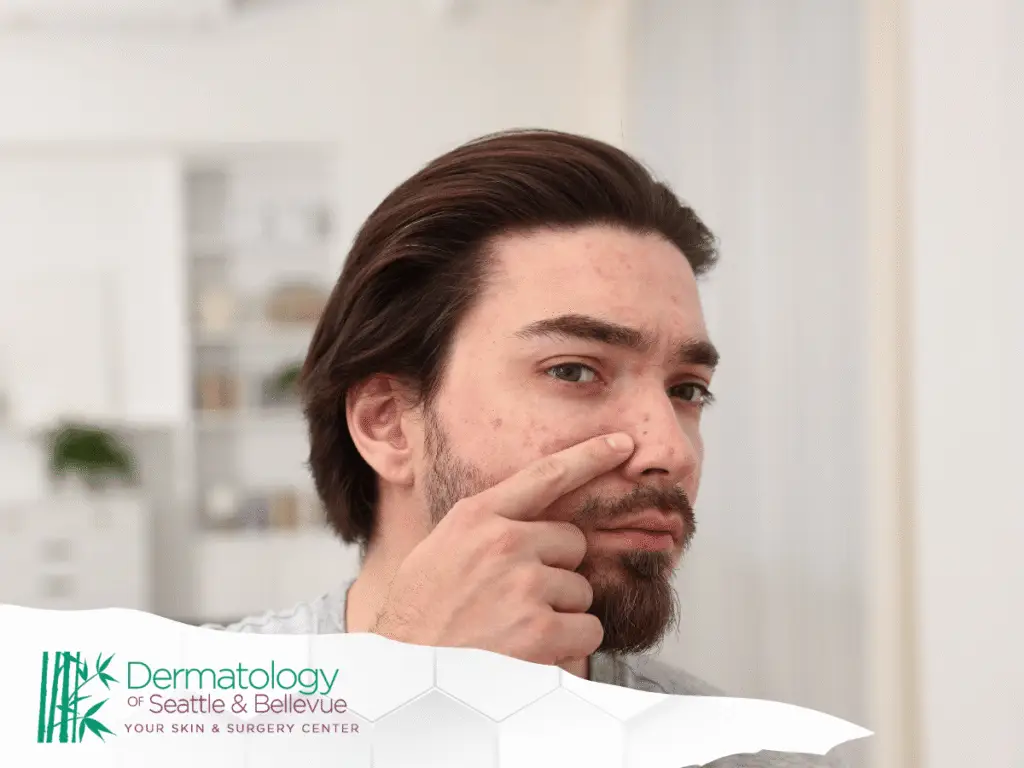
Acne Treatment for Men Breakouts aren’t just a teenage problem. A lot of guys in their 20s, 30s, 40s, and beyond quietly deal with stubborn acne on the face, back, chest, or scalp—and most of them are frustrated that “teen acne” tips don’t work anymore. The good news: there are targeted acne treatments for men […]
Can Freckles Be Black, or Is That a Warning Sign?
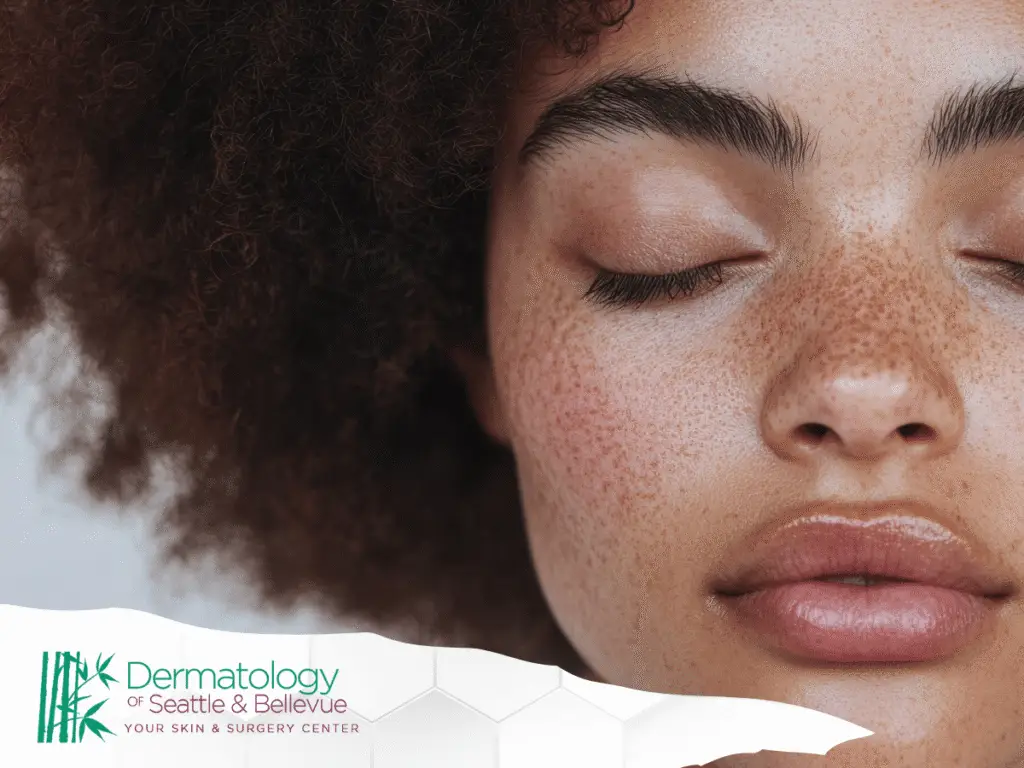
Can Freckles Be Black? If you’ve spotted a very dark or almost black “freckle,” it’s normal to wonder if that’s still a harmless spot or something more serious. Most classic freckles are light to medium brown and fade or darken with sun, but not every small dark spot on the skin is actually a freckle—some […]
Hormone Replacement Therapy for Hair Loss: When It Helps
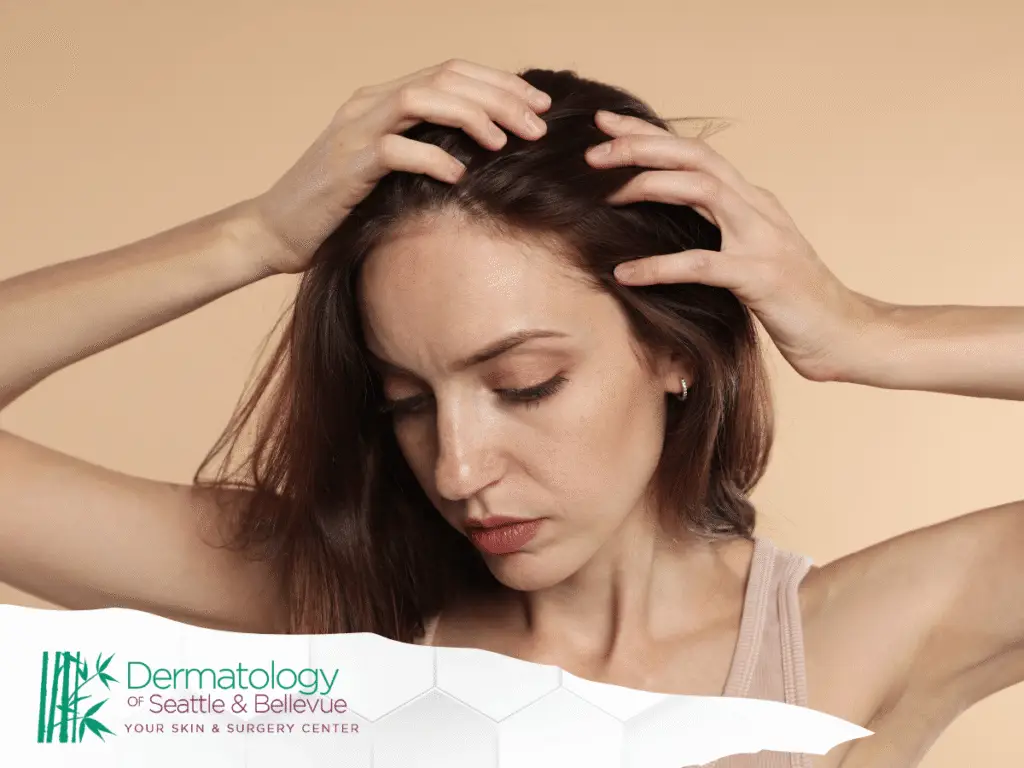
Thinning hair around perimenopause and menopause can feel especially unfair—you’re dealing with hot flashes, sleep changes, mood swings, and more hair in the shower drain. Many women in Bellevue ask whether hormone replacement therapy (HRT) can reverse that hair loss or at least stop it from getting worse. The honest answer: hormones absolutely influence hair […]
Face Lift Without Surgery: Non-Surgical Tightening Options Explained
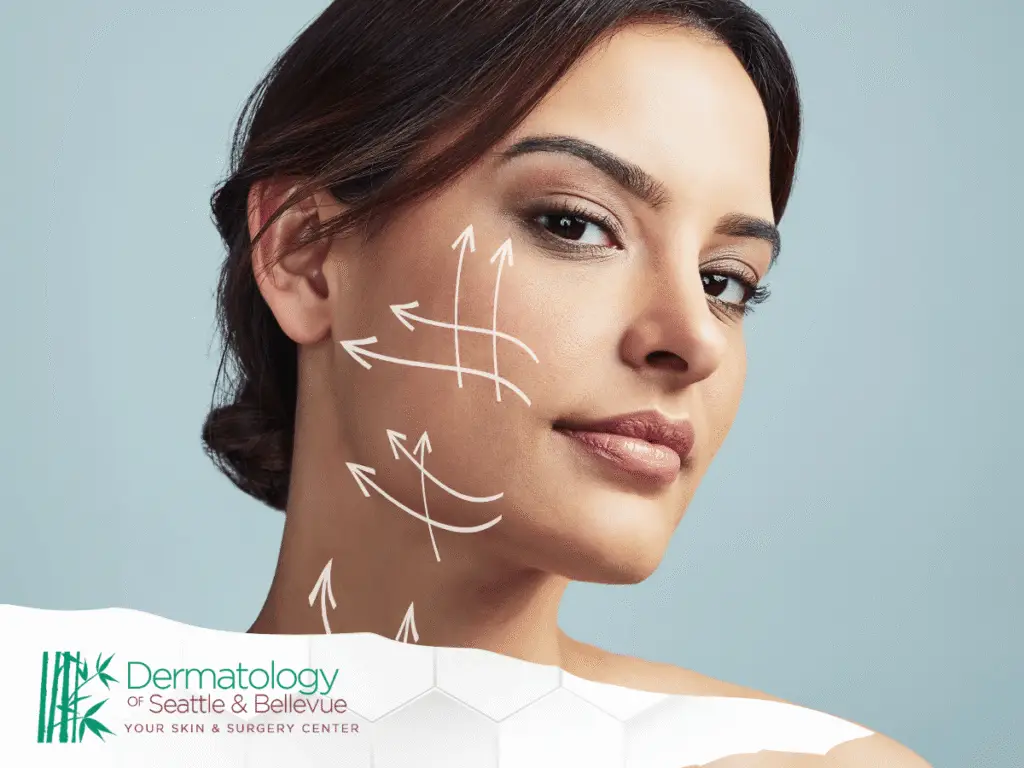
Face Lift Without Surgery: Your Options If you’re starting to notice sagging, jowls, or deeper folds but don’t feel ready for surgery, you’re not alone. Many of my Bellevue patients ask whether a “face lift without surgery” is realistic—or just marketing language. The good news: today’s non-surgical options can lift, contour, and refresh the face, […]
Triamcinolone Acetonide Substitutes: What to Use if Your Cream Isn’t Available
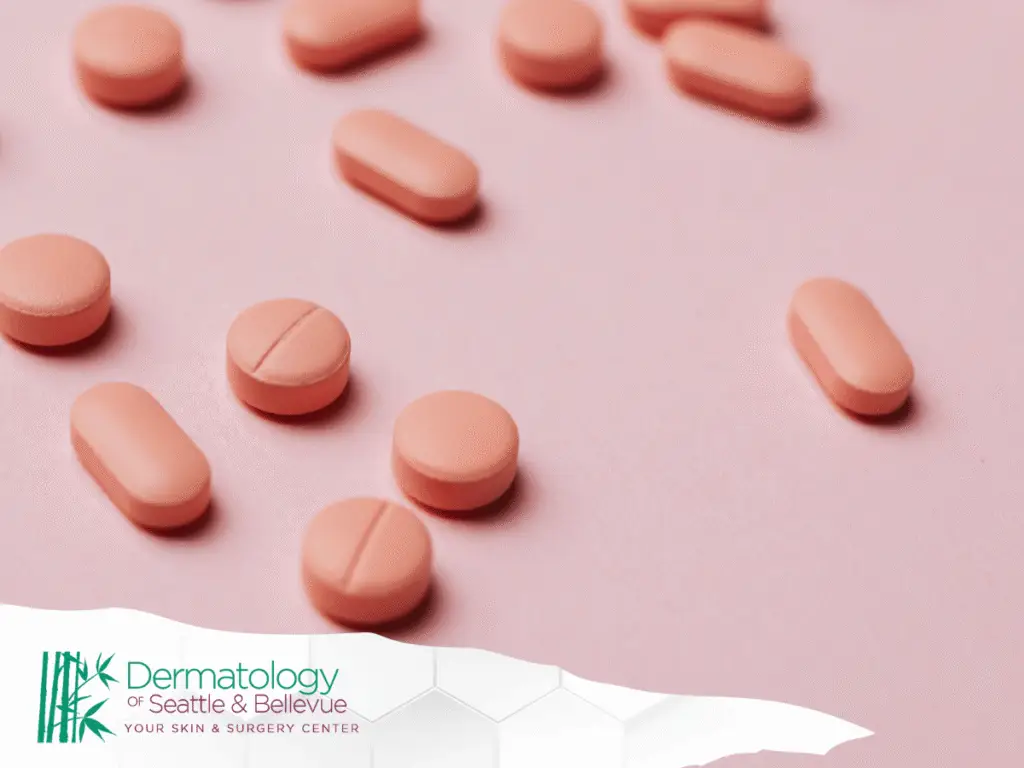
If you rely on triamcinolone acetonide for eczema or rash, running out or finding it back-ordered can be stressful. The good news: there are several safe, dermatologist-approved substitutes that can often control itching and inflammation just as well—sometimes even better—when chosen correctly. In this guide, I’ll walk you through what triamcinolone actually does, how it […]
Do Facials Really Work for Acne? What to Expect From Treatment
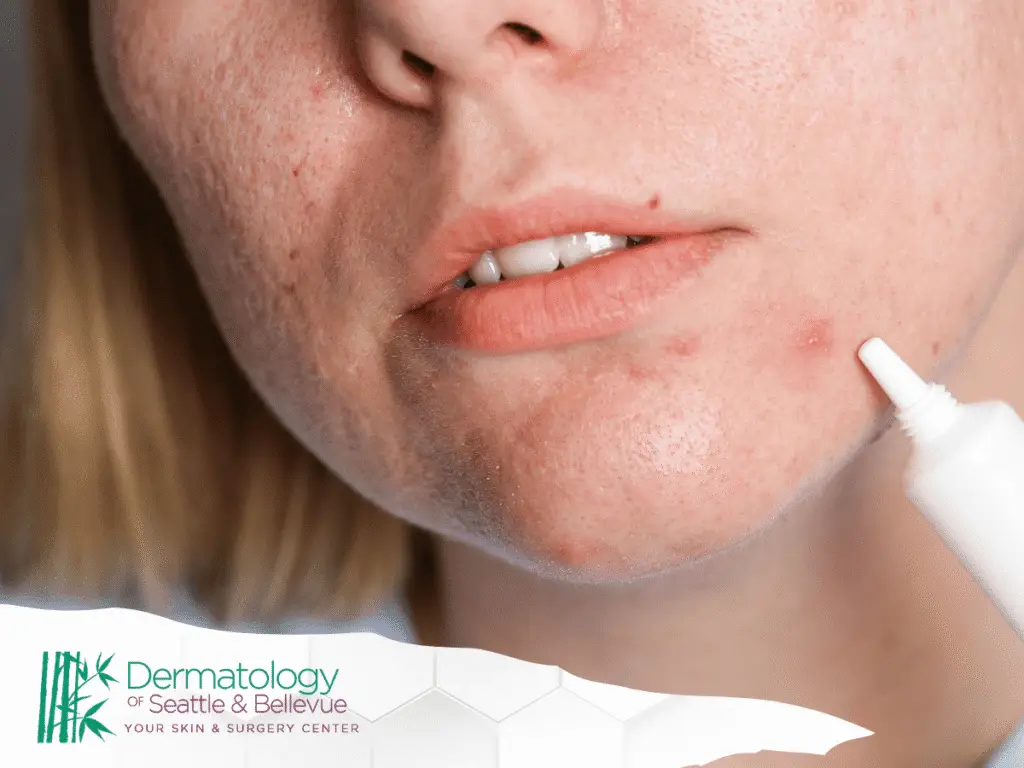
If you’re dealing with stubborn breakouts, it’s natural to wonder whether a professional facial can finally clear your skin. The short answer: facials can help acne—but they work best as part of a medical-grade skincare plan, not as a stand-alone cure. The right treatment can calm inflammation, unclog pores, and support the regimen you build […]
Understanding the Myths Skin Cancer Screening for People with Darker Skin Tones

People with darker skin tones can develop skin cancer, despite the common myth that melanin offers full protection. While melanin reduces UV damage, it doesn’t eliminate risk. In fact, African American skin cancer cases are often diagnosed later, which leads to poorer outcomes. Regular skin cancer screening for darker skin tones is essential for early […]
Sclerotherapy vs Vein Laser Treating Spider Veins on the Legs – What You Need to Know
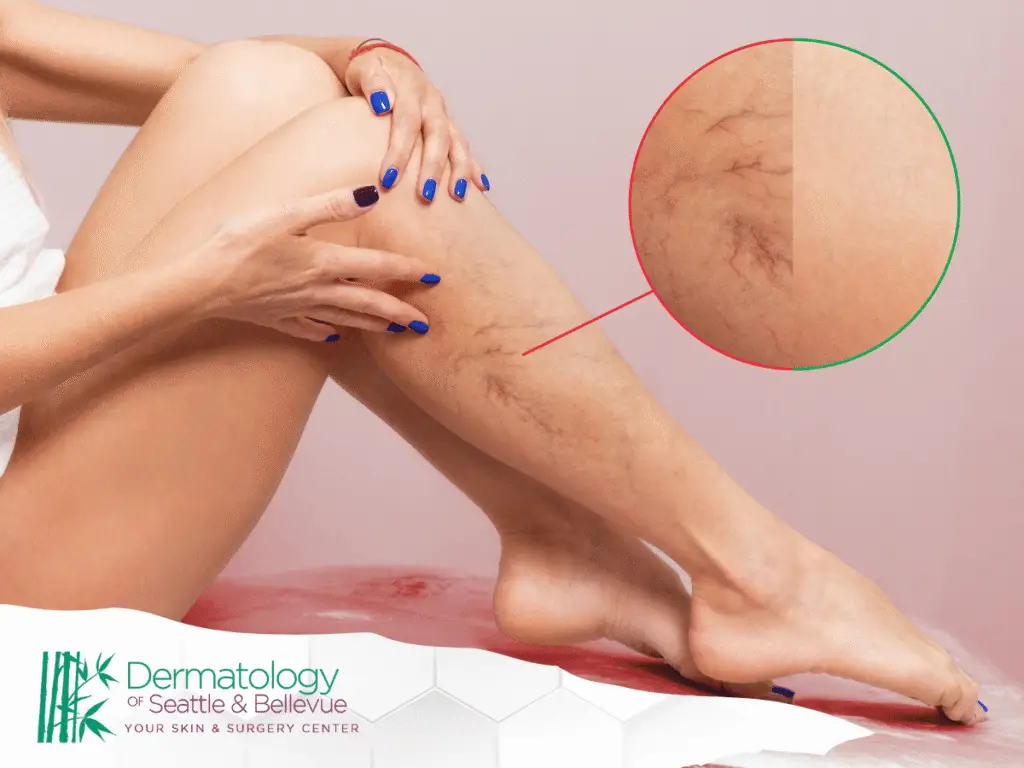
Sclerotherapy vs Vein Laser Treating Spider Veins Before comparing treatment options, it helps to understand what spider veins actually are. These tiny, widened blood vessels sit close to the surface of the skin and show up as red, blue, or purple lines. While they may look similar to varicose veins, they’re smaller, don’t bulge, and […]
Eyelash Eyebrow Restoration Latisse Microblading and Transplants – Which Option Is Right for You

Before exploring the different restoration options, it helps to understand why someone might seek eyelash or eyebrow enhancement in the first place. Genetics, aging, over-plucking, medical conditions, and even stress can contribute to thinning lashes and brows. When these features lose volume, it can noticeably affect facial balance and expression. Restoration treatments help bring that […]
